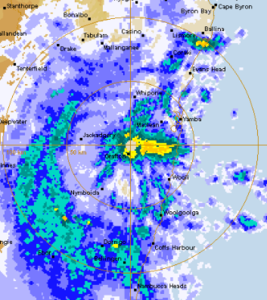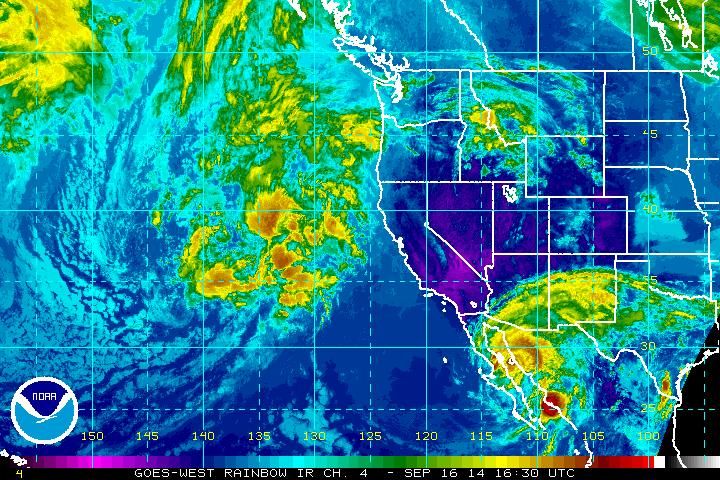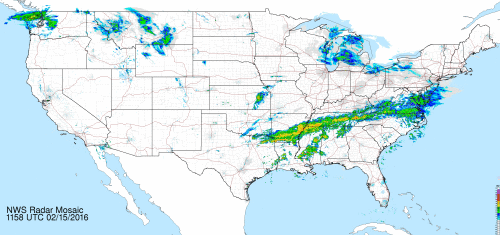

Marshall and his doctoral student Walter Palmer are well known for their work on the drop size distribution in mid-latitude rain that led to understanding of the Z-R relation, which correlates a given radar reflectivity with the rate at which rainwater is falling. Douglas formed the "Stormy Weather Group" in Montreal. In the United States, David Atlas at first working for the Air Force and later for MIT, developed the first operational weather radars. After the war, military scientists returned to civilian life or continued in the Armed Forces and pursued their work in developing a use for those echoes. Typhoon Cobra as seen on a ship's radar screen in December 1944.ĭuring World War II, military radar operators noticed noise in returned echoes due to rain, snow, and sleet.
#SHOW ME THE WEATHER RADAR FOR MY AREA HOW TO#
3.1.1 How to read reflectivity on a radar display.Radar output is even incorporated into numerical weather prediction models to improve analyses and forecasts.
#SHOW ME THE WEATHER RADAR FOR MY AREA SOFTWARE#
Raw images are routinely used and specialized software can take radar data to make short term forecasts of future positions and intensities of rain, snow, hail, and other weather phenomena. Since then, weather radar has evolved on its own and is now used by national weather services, research departments in universities, and in television stations' weather departments. Soon after the war, surplus radars were used to detect precipitation. Techniques were developed to filter them, but scientists began to study the phenomenon. Both types of data can be analyzed to determine the structure of storms and their potential to cause severe weather.ĭuring World War II, radar operators discovered that weather was causing echoes on their screen, masking potential enemy targets. Modern weather radars are mostly pulse-Doppler radars, capable of detecting the motion of rain droplets in addition to the intensity of the precipitation. Weather radar, also called weather surveillance radar ( WSR) and Doppler weather radar, is a type of radar used to locate precipitation, calculate its motion, and estimate its type (rain, snow, hail etc.). Other common terms for weather radar are weather surveillance radar (WSR) and Doppler weather radar.University of Oklahoma OU-PRIME C-band, polarimetric, weather radar during construction Base Reflectivity images are available at several different elevation angles (tilts) of the antenna and are used to detect precipitation, evaluate storm structure, locate atmospheric boundaries and determine hail potential. "Reflectivity" is the amount of transmitted power returned to the radar receiver.

The data can be analyzed to determine a storm's structure and the possibility they could become severe. A base reflectivity radar is a display of echo intensity (reflectivity) measured in dBZ (decibels of Z, where Z represents the energy reflected back to the radar).

green is rain, pink is a mix of rain, freezing rain, sleet, and/or snow and blue is snow. The precipitation type is indicated by different colors. The Surprising Way Weather Affects Your MoodĪbout this map: The Precipitation Type Radar is the base reflectivity radar with areas of precipitation split into their respective precipitation types (rain, snow, hail, etc.).


 0 kommentar(er)
0 kommentar(er)
